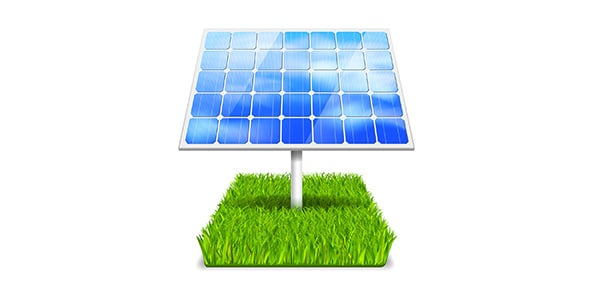EMF, Potential Difference And Current

explain and apply the concept of ‘electric current’ as the rate of flow of electric charge in an electric field—this will include applying the relationship: I=q/t
state that the direction of conventional current is that in which the flow of positive charge takes place, while the electron flow is in the opposite direction Explain and apply the concepts of EMF and ‘potential difference’ as the loss of potential energy of electric charges as they flow through a circuit
- 1.
A charge of 2 C flows through a wire over a period of 10 s. What is the current?
- A.
20 A
- B.
0.2 A
- C.
0.02 A
- D.
2.0 A
Correct Answer
B. 0.2 AExplanation
The current can be calculated by dividing the charge (2 C) by the time (10 s). Therefore, the current is 0.2 A.Rate this question:
-
- 2.
A charge of 2.5 C flows through a wire over a period of 5 s. What is the current?
- A.
50 A
- B.
0.5 A
- C.
10 A
- D.
0.1 A
Correct Answer
B. 0.5 AExplanation
The current can be calculated using the formula I = Q/t, where I is the current, Q is the charge, and t is the time. In this case, the charge is 2.5 C and the time is 5 s. Plugging these values into the formula, we get I = 2.5 C / 5 s = 0.5 A. Therefore, the correct answer is 0.5 A.Rate this question:
-
- 3.
A charge of 4 C flows through a wire over a period of 12 s. What is the current?
- A.
3 A
- B.
0.33 A
- C.
0.03 A
- D.
30 A
Correct Answer
B. 0.33 AExplanation
The current can be calculated using the formula I = Q/t, where I is the current, Q is the charge, and t is the time. In this case, the charge is 4 C and the time is 12 s. Substituting these values into the formula, we get I = 4 C / 12 s = 0.33 A. Therefore, the current is 0.33 A.Rate this question:
-
- 4.
A globe has a potential difference of 4 V. The current flowing through it is 2 A. How much energy is transferred to the globe in 30 s? Include units.
Correct Answer
240J
240 JExplanation
The energy transferred to the globe can be calculated using the formula: energy (E) = potential difference (V) x current (I) x time (t). Plugging in the given values, we get E = 4 V x 2 A x 30 s = 240 J. Therefore, the correct answer is 240J.Rate this question:
- 5.
A globe has a potential difference of 5 V. The current flowing through it is 1 A. How much energy is transferred to the globe in 30 s? Include units.
Correct Answer
150J
150 JExplanation
The energy transferred to the globe can be calculated using the formula: Energy = Potential difference × Current × Time. Given that the potential difference is 5 V, the current is 1 A, and the time is 30 s, we can substitute these values into the formula: Energy = 5 V × 1 A × 30 s = 150 J. Therefore, the energy transferred to the globe in 30 s is 150 Joules.Rate this question:
- 6.
A globe has a potential difference of 12 V. The current flowing through it is 4 A. How much energy is transferred to the globe in 30 s? Include units.
Correct Answer
1440J
1440 JExplanation
The energy transferred to the globe can be calculated using the formula: Energy = Voltage x Current x Time. Given that the potential difference is 12 V, the current is 4 A, and the time is 30 s, we can substitute these values into the formula. Energy = 12 V x 4 A x 30 s = 1440 J. Therefore, the energy transferred to the globe in 30 s is 1440 J.Rate this question:
Quiz Review Timeline +
Our quizzes are rigorously reviewed, monitored and continuously updated by our expert board to maintain accuracy, relevance, and timeliness.
-
Current Version
-
Mar 18, 2023Quiz Edited by
ProProfs Editorial Team -
Jun 06, 2012Quiz Created by
Patted03
 Back to top
Back to top


